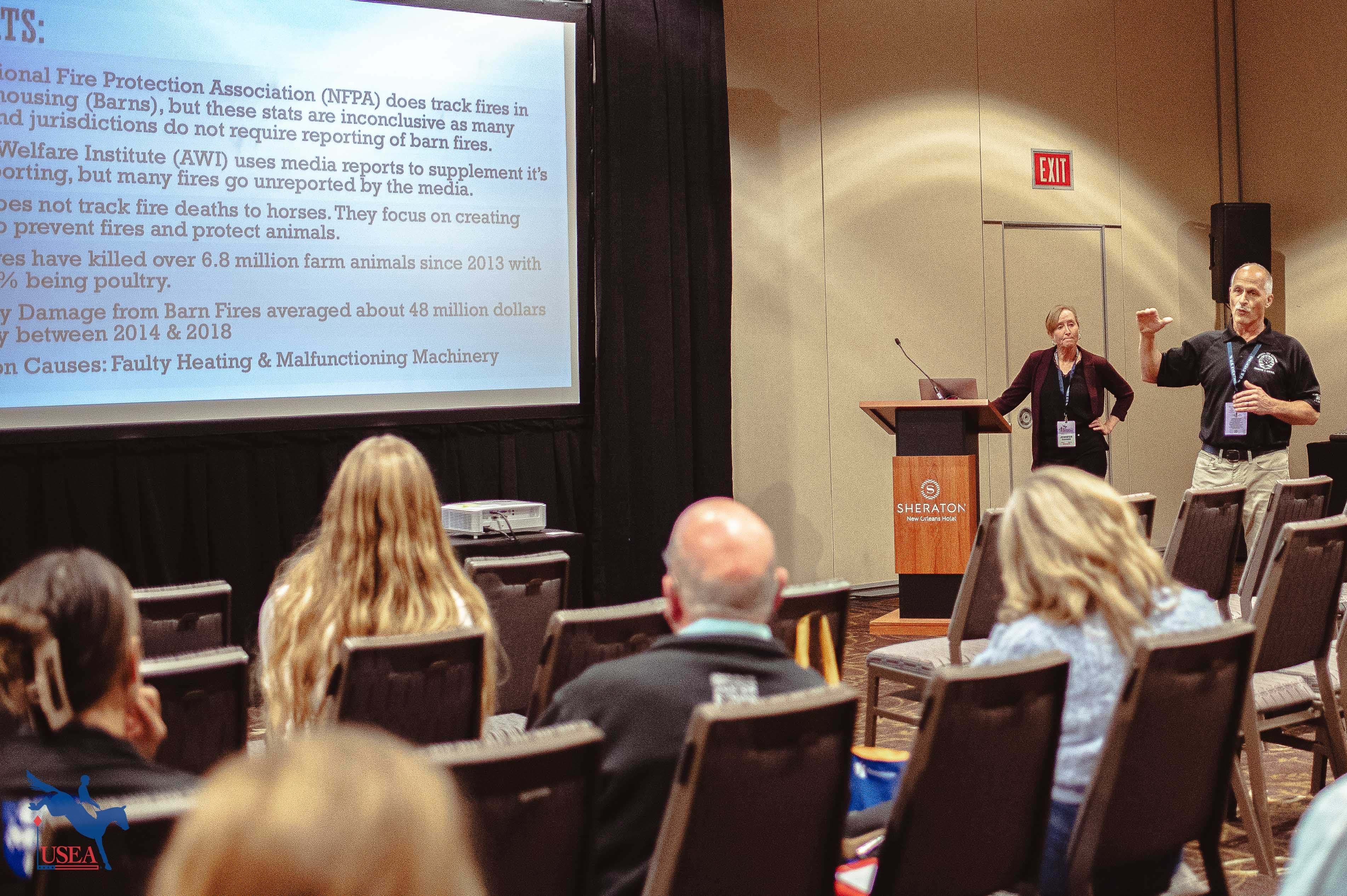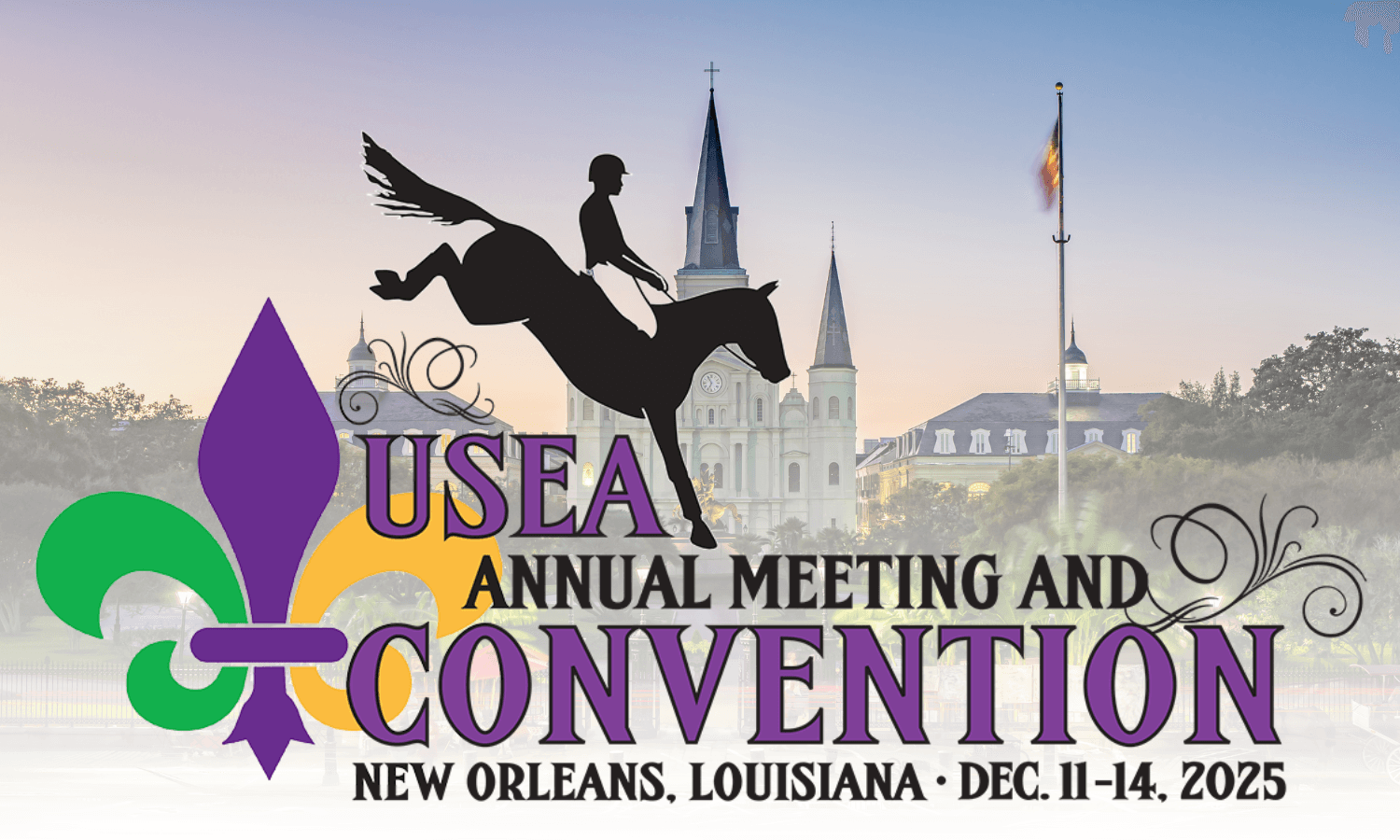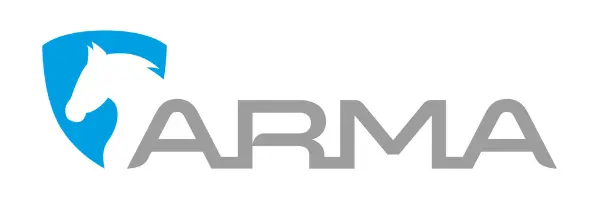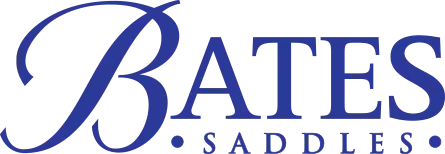PODCAST: Which Event Will be Home to the Next U.S. Four-Star?
Five venues in the U.S. put in a bid to be the host of the next CCI4* competition – the second in the U.S. and only the seventh in the world. In January the United States Equestrian Federation (USEF) Board of Directors has named a short list of host venues for a new CCI4* eventing competition beginning in the autumn of 2019. Two venues have been named to the short list for further consideration:Fair Hill and Great Meadow. Listen in to representatives from Fair Hill and Great Meadow as they share information about their respective venues as we anxiously await the decision.














